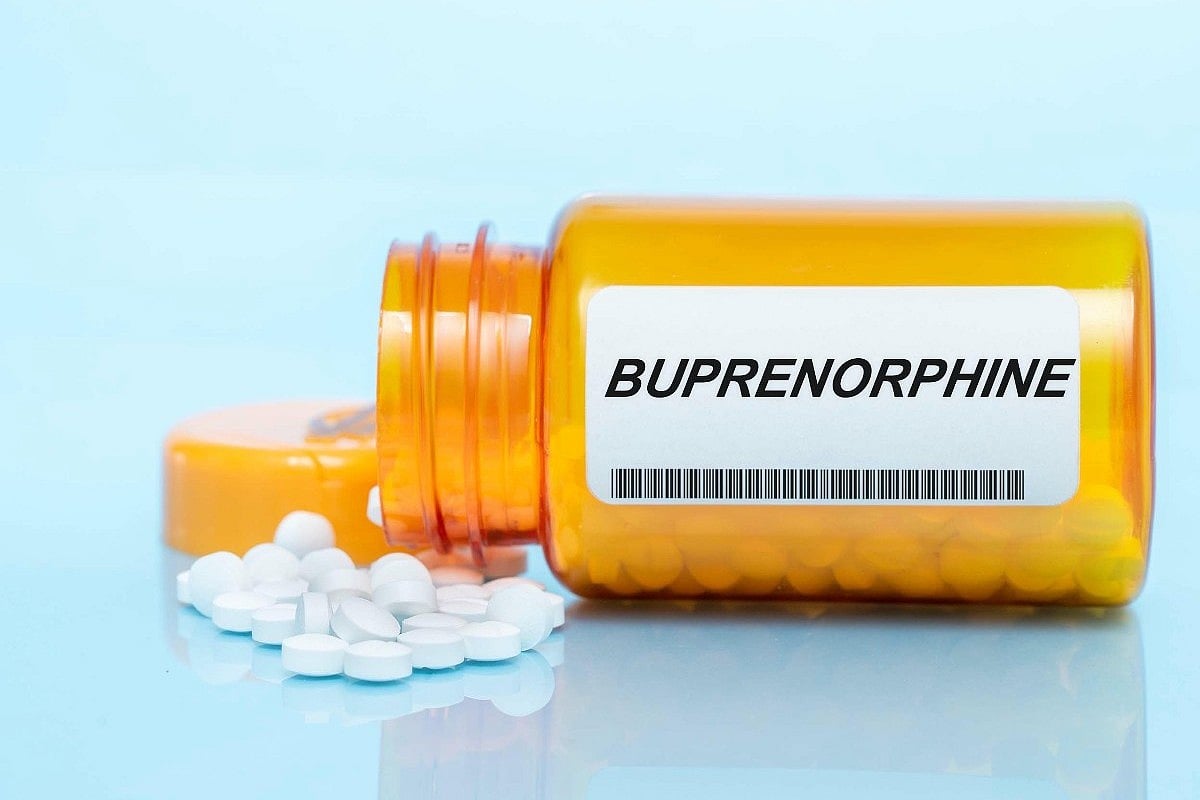Get Healthy!

- Posted September 9, 2025
Medicaid Crucial In Battling Opioid Epidemic
Medicaid serves a key role in helping opioid addicts get the treatment they need, a new study says.
Prescription rates for the anti-opioid medication buprenorphine increased more than 27% in states that expanded Medicaid between 2018 and 2024, researchers reported in the September issue of the journal Health Affairs.
By comparison, buprenorphine prescriptions fell 2% among states that didn’t expand Medicaid, researchers found.
“We were impressed by the success stories in some states, such as those with recent eligibility expansions,” said lead researcher Stephen Crystal, director of the Rutgers Center for Health Services Research at the Institute for Health, Health Care Policy and Aging Research in Brunswick, N.J.
“Several of these states, like Virginia, Utah and Missouri, doubled or tripled Medicaid-paid prescribing, driving strong population-level improvement,” Crystal noted in a news release.
More than 80,000 people in the U.S. died in 2024 from opioid overdoses, even though medications like buprenorphine have been proven effective in treating addiction, researchers said in background notes.
The federal government declared an opioid public health emergency in 2017 and again in 2025, and multiple federal policy changes have been implemented to make it easier for people to get access to buprenorphine, researchers said.
Buprenorphine works by attaching to a person’s opioid receptors, reducing their cravings and withdrawal symptoms. Because it’s an opioid itself, buprenorphine is a schedule III controlled drug.
Efforts to make it easier to prescribe include the 2023 elimination of rules that required doctors to receive specialized training and registration before they could hand out buprenorphine scrips, researchers said.
To assess the role of Medicaid in battling opioid addiction, researchers compared buprenorphine prescription claims among states that had and hadn’t expanded the public health insurance program under the Affordable Care Act.
Results showed that buprenorphine prescriptions increased by 60% in 10 states while decreasing by more than 10% in eight states, with Medicaid expansion playing a key role in this discrepancy.
Expanding Medicaid eligibility and removing red tape that can get people kicked from the program are critical steps for increasing access to opioid treatment across the country, researchers concluded.
Researchers noted that the signature bill of the Trump administration included measures aimed to dropping people from Medicaid rolls.
“New work reporting requirements represent one potential source of retrogression in access,” researchers wrote in their paper. “Such requirements, when implemented in states such as Arkansas, Kentucky and Indiana, resulted in extensive coverage loss, largely because of reporting failures rather than actual noncompliance with work rules.”
The study added: “Many enrollees failed to navigate documentation systems, even when they met work requirements, with this issue disproportionately affecting chronically ill, rural, minority and low-income populations.”
The law also requires that people undergo more frequent eligibility redetermination, limits payments to providers, and repeals rules that simplified Medicaid paperwork, researchers noted.
“Progress is possible when states take action to help residents access and afford effective medication,” Crystal said.
“Maintaining the progress that has been made in opioid-use disorder treatment through state Medicaid policies will be challenging under the financial pressures created by recent federal legislation, but it is vital in maintaining progress on preventing overdoses and supporting recovery,” he added.
More information
The Substance Abuse and Mental Health Services Administration has more on buprenorphine.
SOURCES: Rutgers University, news release, Sept. 2, 2025; Health Affairs, September 2025




